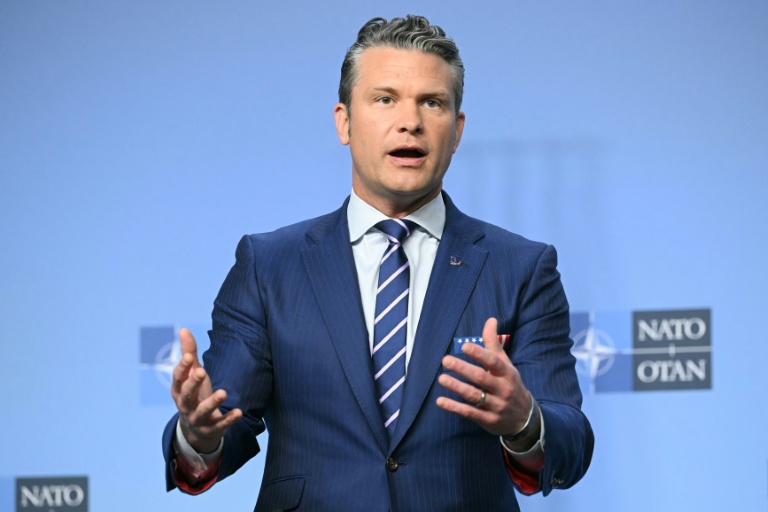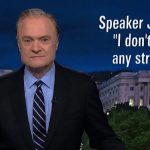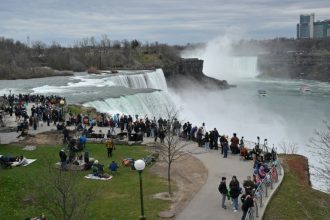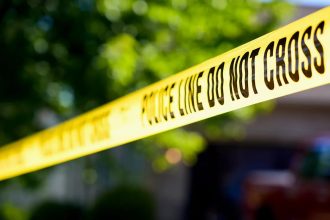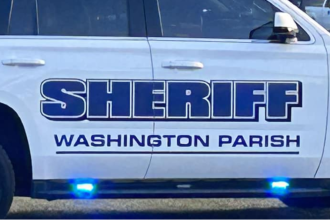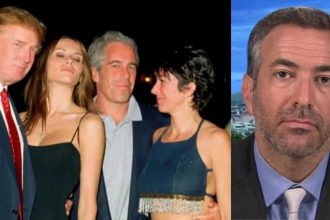US Defense Secretary Pete Hegseth said Wednesday he expected more NATO countries to buy American arms for Ukraine, as the alliance sought to bolster Kyiv and its own ability to counter Russia.
North Atlantic Treaty Organization ministers were meeting in Brussels after a series of air incursions fed fears that Moscow is testing the West in a grey zone between war and peace.
“You get peace when you are strong, not when you use strong words or wag your finger, you get it when you have strong and real capabilities that adversaries respect,” Hegseth told reporters.
The Pentagon chief was joining his 31 counterparts of the Western political and military alliance as his boss, President Donald Trump, mulls the supply of long-range Tomahawk missiles to Kyiv.
And he said he expected more European countries to announce they were contributing to a US scheme that sees allies pay for American weapons for Ukraine.
So far, countries have committed some two billion dollars to the scheme — but Washington and Kyiv want countries such as Britain, France, Spain and Italy to open their wallets too.
High-profile Russian violations of NATO airspace in Poland and Estonia have fuelled fears of conflict spilling over the border — compounded by mysterious drones disrupting airports and flying close to military sites in a number of countries.
All this has driven concerns that Russian President Vladimir Putin is pushing the boundaries and seeking to probe NATO’s reaction.
“Putin is watching what we do, and Putin should be in no doubt, if NATO is threatened, we will act,” British minister John Healey said.
Ministers were training their sights on efforts to plug gaps in the alliance’s eastern flank after it had to use costly missiles to down Russian drones in Poland.
NATO has launched a new mission and beefed up its forces in the wake of the incidents, but some countries close to Russia are asking for a more robust response.
The alliance is looking to fine-tune its rules of engagement for dealing with Russian incursions and iron out different approaches between member states.
“What you do see now is that regulations are slightly different, and that makes it complicated,” said Dutch minister Ruben Brekelmans.
“When things get tough, when the F-35s are up in the air, you need to make sure that for everyone it’s very clear what your regulations are.”
NATO is also seeking to accelerate the development of anti-drone capabilities and incorporate the sort of low-cost technology Ukraine is using in its own defences.
“When it comes to the drones, obviously, learning from Ukraine, we are making sure that we will implement as soon as possible the latest technologies,” NATO chief Mark Rutte said.
– EU eyes ‘drone wall’ –
The EU, which will convene its own meeting of defence ministers on Wednesday evening, has proposed creating a “drone wall” to try to tackle the menace.
But there is some scepticism from countries like Germany over the proposal and fears that the 27-nation bloc could be treading on NATO’s toes.
The drone initiative is one several flagship EU projects aiming to prepare the bloc for potential conflict with Moscow in the coming years.
The EU will present a road map to ministers and hopes to get sign off on it at a leaders’ summit next week.
The bloc’s efforts come after NATO members agreed at their Hague summit in June to reach 3.5 percent of GDP on core military spending by 2035.
– Tomahawks for Ukraine? –
While NATO looks to address threats to the alliance, it is also seeking to bolster Ukraine’s efforts to counter Russian attacks.
Washington has shifted closer to Kyiv as Trump has lost patience with Putin for stalling on peace efforts.
Trump is set to meet with Ukraine’s President Volodymyr Zelensky on Friday, as he weighs whether to let Ukraine have Tomahawk missiles.
The Kremlin has warned Washington against the move, but Trump may be willing to let Kyiv hit far inside Russia to pressure Putin towards peace.
“That decision comes from the White House — but we see long-range weapons are critical for Ukraine, and they would have a clear impact,” said Finnish minister Antti Hakkanen.
del/ec/cc


